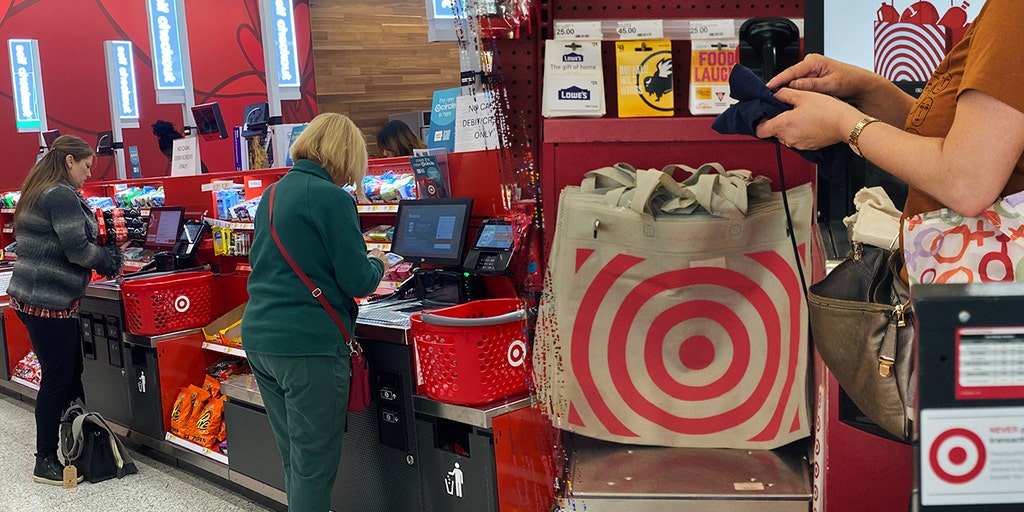Checkout Chaos: Target's Self-Scan Shutdown Sparks Customer Revolt Over Retail Theft

In a strategic move to address growing concerns about retail theft and customer experience, Target is pulling back on self-checkout lanes across its stores. The retail giant joins other major retailers like Walmart in scaling down automated checkout systems that have increasingly become hotspots for shoplifting and customer frustration.
The decision comes amid rising incidents of theft and mounting customer complaints about the self-checkout experience. Shoppers have long expressed challenges with scanning items, dealing with technical glitches, and the overall impersonal nature of automated checkout processes. Meanwhile, retailers have struggled with significant inventory losses attributed to intentional and unintentional scanning errors.
By reducing self-checkout options, Target aims to enhance store security and improve customer interaction. Store employees will now have more opportunities to provide personalized service, potentially creating a more welcoming shopping environment. This shift reflects a broader retail trend of prioritizing human connection and loss prevention over technological convenience.
As the retail landscape continues to evolve, Target's decision signals a potential turning point in the balance between technological efficiency and traditional customer service strategies.
